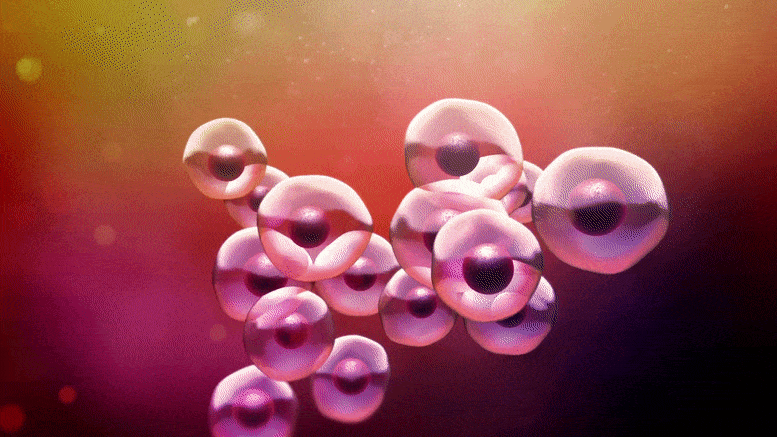
Microbiology Cells Dividing
What Is Microbiology?
Microbiology is the study of microorganisms that are usually too small to be visible to the human eye without a microscope. Microorganisms (also known as microbes) are essential to life on Earth; complex organisms (including human beings) would find it nearly impossible to survive without them. These tiny organisms shape how nutrients move through the environment, controlling how ecosystems work. For instance, they are responsible for how biological materials break down and decay. Microorganisms affect our climate, determine how food spoils, and both cause and control diseases. We can also use microorganisms to help us produce life-saving drugs, manufacture biofuels, clean up pollution, and grow crops.
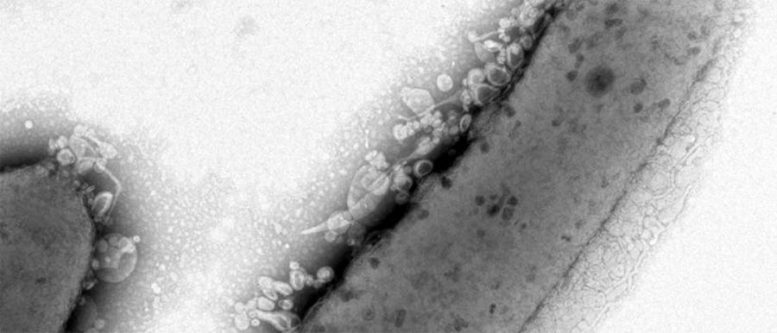
This image of a bacterial cell shows lipid droplets on the exterior of the cell wall. The lipids have escaped through a cell envelope that has been modified to increase lipid production. Credit: Image courtesy of University of Wisconsin–Madison and DOE Great Lakes Bioenergy Research Center (GLBRC)
Microorganisms can be unicellular (single cell), multicellular (cell colony), or acellular (lacking cells). They include bacteria, archaea, fungi, protozoa, algae, and viruses.
- Bacteria are single-celled microbes that lack a nucleus.
- Archaea are like bacteria, but they have different structures and properties. This gives them the ability to live in extreme environmental conditions.
- Protozoa are unicellular microorganisms that have nuclei. They obtain food by surrounding it with their cell membranes. They are found in wide range of environments where some can eat bacteria to survive.
- Algae are unicellular or multicellular organisms that have nuclei and that obtain energy through photosynthesis, similar to plants.
- Fungi include mushrooms, molds, and yeasts. Their cells have nuclei, and many fungi are multicellular.
- Viruses are noncellular entities that consist of a core of DNA or RNA surrounded by protein. Not all biologists consider viruses to be living organisms. No known viruses are capable of reproducing themselves—they need cells from other organisms so they can copy themselves.
Fast Facts
- Scientists believe there are more bacteria in a cup of soil than there are people on Earth. That’s a lot of bacteria – there are approximately 7.8 billion people in the world.
- Microbes can unlock nitrogen and phosphorus from the soil and release it so plants can use these nutrients to grow and use less fertilizer.
- Microbes can have their DNA modified to produce all kinds of different products – from biofuels to plastics to other useful chemicals.
DOE Office of Science: Contributions to Microbiology Research
The Department of Energy (DOE) supports microbiology research that helps us maintain energy security and a sustainable environment. The DOE Biological and Environmental Research (BER) program supports scientific research and facilities that seek to understand complex biological, earth, and environmental systems. Beyond research funded at academic institutions and national laboratories, DOE BER supports two facilities that conduct microbiology research. The Environmental Molecular Sciences Laboratory (EMSL) provides scientists access to tools and technologies to understand cellular processes and interactions. Researchers use this information to build models of biological systems. The DOE Joint Genome Institute (JGI) sequences the genomes of microbes and microbial communities and provides a wide range of expertise and capabilities for microbiology and synthetic biology research.
The DOE Basic Energy Sciences (BES) program supports fundamental research to understand, predict, and ultimately control matter and energy at the electronic, atomic, and molecular levels. BES funds research on microbial biochemistry and the mechanisms that microbes use for energy capture, conversion, and storage. Knowledge about these natural mechanisms can help inspire the design of more effective components and reactions for energy technologies.

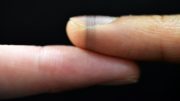

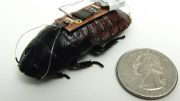

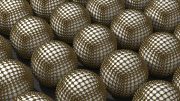



Be the first to comment on "Science Made Simple: What Is Microbiology?"